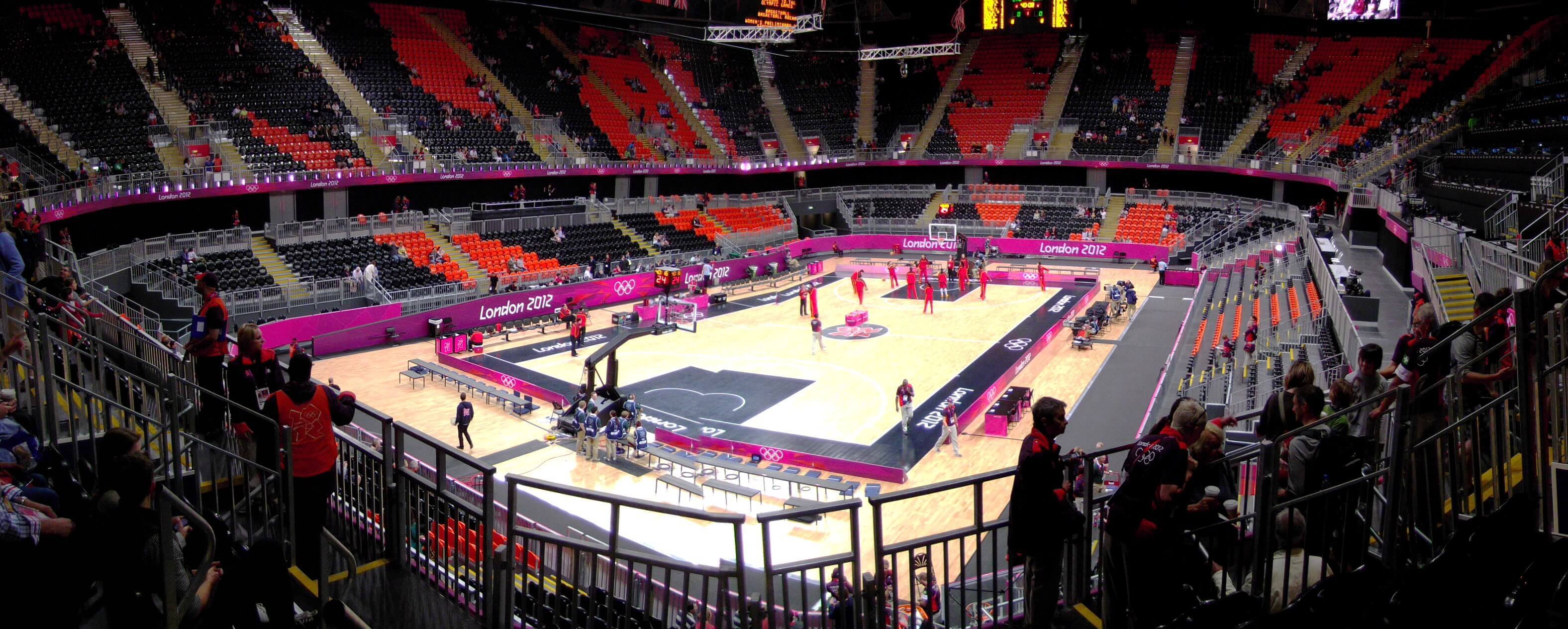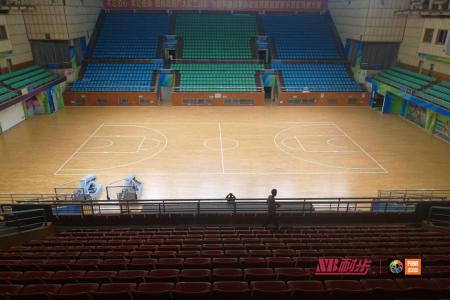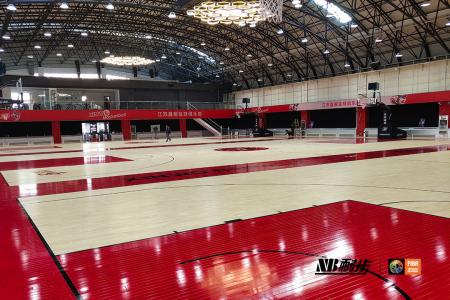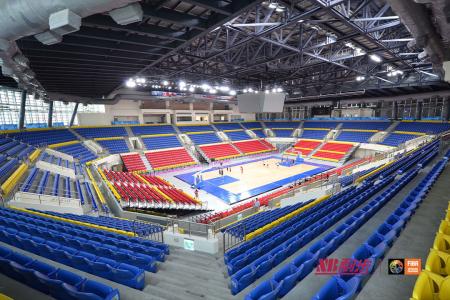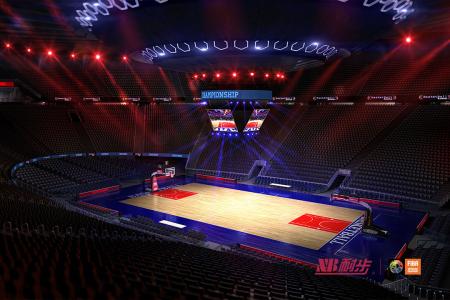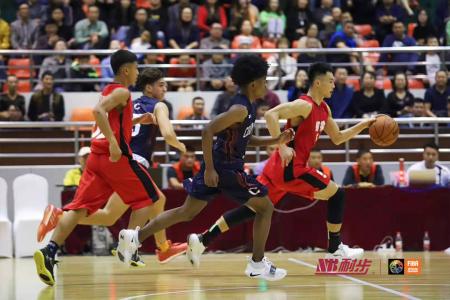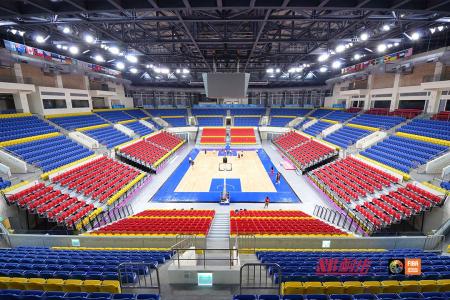Gymnasium floor refers to the floor used for competition, training, teaching and fitness in sports venues (including basketball, volleyball, handball, table tennis, badminton, gymnastics, martial arts, etc.). Different forms of sports have different requirements for ground conditions. At present, there are many national standards (such as German Industrial Standard DIN18032-2, British national standard BS7044 and European unified standard UES2002, etc.) for the selection of floor materials for gymnasiums. and judging. According to the data bulletin of the eighth national sports ground census, as of December 31, 2006, all systems, industries, and various forms of ownership (excluding Hong Kong, Macao and Taiwan regions) in China met the requirements of the eighth national sports ground census. The area of indoor sports venues accounts for 11.2% of the standard sports venues, and the material of the floor used in the sports venues largely determines the type and level of competition of the indoor sports venues. This is the current situation of solid wood sports flooring in our country. At present, wood materials (direct processing of wood and bamboo or composite processing of wood and bamboo) have become the mainstream of floor materials for gymnasiums due to their excellent characteristics. The reason why wood materials are so favored by people is not only because, as a non-polluting natural organic material, it has the advantages of easy processing, high strength-to-weight ratio, good thermal insulation and electrical insulation, and good elasticity and plasticity; on the other hand, Wood also has excellent properties that other building decoration materials can't match, such as good temperature and humidity regulation and sound absorption, and these features are exactly what are required for the floor of the gymnasium.
In recent years, there have been many studies on wooden gym floors, but my country is still in its infancy, and no national standards have been formulated to evaluate the performance of wooden gym floors. The German standard DIN 18032-2 considers that the wooden gym floor has three major characteristics: sports function, protection function and technical performance, and evaluates the effect and related indicators of the floor structure composed of wooden surface board, wooden keel and elastic pad. Test methods are specified in detail. Among them, sports functionality means that the floor can ensure that all technical indicators of sports can achieve the best performance. Motor function is often evaluated by ball rebound rate, standard vertical deformation, and relative vertical deformation rate. The rebound rate of the ball refers to the ratio of the rebound height of a standard basketball on the tested surface and a solid ground (concrete ground). The wooden floor used in the gym requires that the ball rebound rate should be greater than or equal to 90%; the standard vertical deformation refers to the vertical deformation of the detection point. The standard vertical deformation of the wooden floor for the gymnasium is 2.3-3.5mm; the relative vertical deformation rate refers to the ratio of the vertical deformation around the detection point (100mm from the detection point) to the vertical deformation of the detection point. The protection function refers to the performance of the floor that can reduce the load on the human body and reduce sports injuries. Protective functionality is commonly measured by impact absorption rate, standard vertical deformation and relative vertical deformation rate. The shock absorption rate refers to the rebound force of the tested surface relative to the solid ground (concreteThe amount of change in rebound force. The wooden floor used in the gym requires the impact absorption rate to be greater than or equal to 53% to ensure that athletes will not be injured during exercise. When the wood material is directly used as a floor material, due to its good elasticity and plasticity, it can ensure the movement function and the protection function at the same time under the structural conditions of the appropriate keel and elastic pad.
To sum up, wood materials are suitable for basketball, volleyball, badminton and other ball sports, weightlifting, judo and other load-bearing sports when they are used as floor materials with their excellent comprehensive properties and with appropriate floor structure. Use of sports venues. Nowadays, sports clubs in the society generally do not use solid wood sports floors in order to reduce investment costs, but directly pave PVC sports floors on the cement floor. It greatly reduces the absorption of the impact force of sports, that is to say, when the wooden floor is subjected to an instantaneous concentrated impact, the vast majority of the impact force is absorbed by the floor structure, and only a small part of the impact force is reflected back to the athlete. legs and body. The athlete is free from injury and can reduce fatigue. Therefore, when doing sports for a long time, it is best to choose to pave the PVC floor on the solid wood sports floor to protect the knee joint of the exerciser from injury to the greatest extent.

